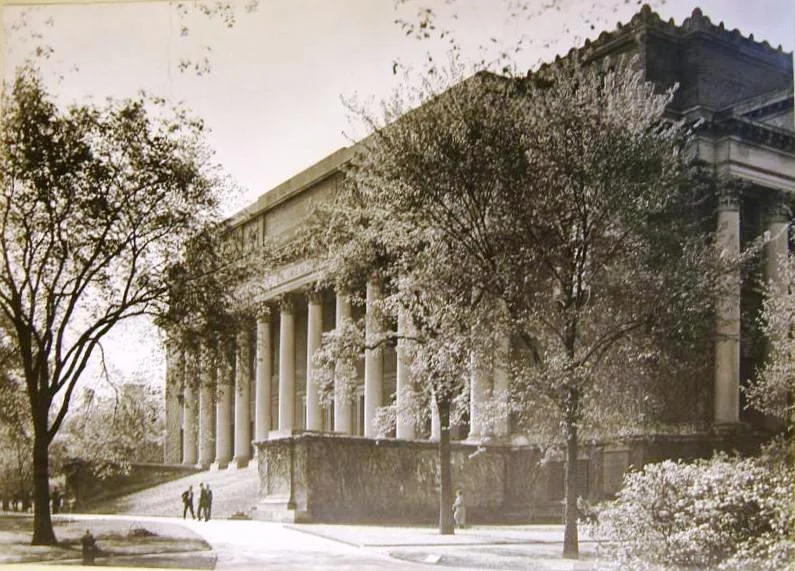The life of an admissions director is not an easy one; a look through The 2014 Survey of College Admissions Directors confirms this reality.
The survey was conducted by Gallup (of political polling fame) using questions created by Inside Higher Education, a very useful online postsecondary news website. A statistically significant response of admissions directors, only one per school, from a range of colleges and universities, addressed recruiting, standardized tests, financial aid and student debt among a number of issues.











